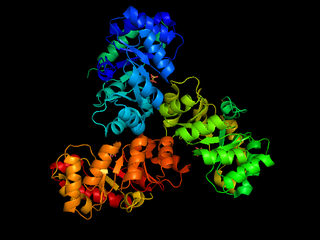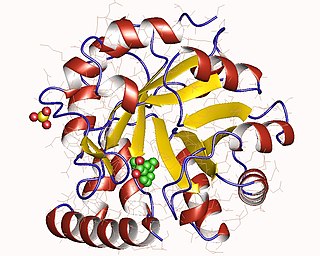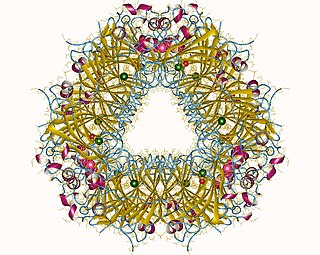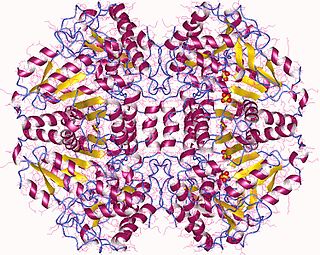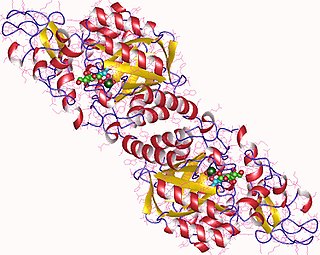| phosphatidylserine decarboxylase | |||||||||
|---|---|---|---|---|---|---|---|---|---|
| Identifiers | |||||||||
| EC no. | 4.1.1.65 | ||||||||
| CAS no. | 9054-78-8 | ||||||||
| Databases | |||||||||
| IntEnz | IntEnz view | ||||||||
| BRENDA | BRENDA entry | ||||||||
| ExPASy | NiceZyme view | ||||||||
| KEGG | KEGG entry | ||||||||
| MetaCyc | metabolic pathway | ||||||||
| PRIAM | profile | ||||||||
| PDB structures | RCSB PDB PDBe PDBsum | ||||||||
| Gene Ontology | AmiGO / QuickGO | ||||||||
| |||||||||
| Phosphatidylserine decarboxylase | |||||||||
|---|---|---|---|---|---|---|---|---|---|
| Identifiers | |||||||||
| Symbol | PSD | ||||||||
| Pfam | PF02666 | ||||||||
| InterPro | IPR003817 | ||||||||
| Membranome | 595 | ||||||||
| |||||||||
The enzyme phosphatidylserine decarboxylase (EC 4.1.1.65) catalyzes the chemical reaction
- phosphatidyl-L-serine phosphatidylethanolamine + CO2
This enzyme belongs to the family of lyases, specifically the carboxy-lyases, which cleave carbon-carbon bonds. The systematic name of this enzyme class is phosphatidyl-L-serine carboxy-lyase (phosphatidylethanolamine-forming). Other names in common use include PS decarboxylase, and phosphatidyl-L-serine carboxy-lyase. This enzyme participates in glycine, serine and threonine metabolism, and glycerophospholipid metabolism. It has two cofactors: pyridoxal phosphate, and Pyruvate.

